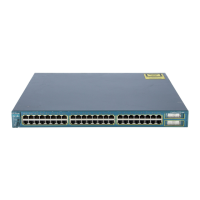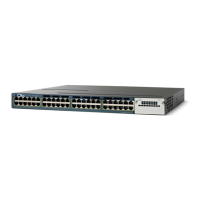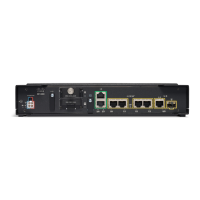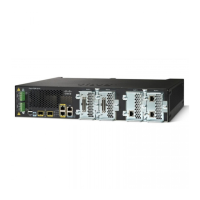Contents
xii
Catalyst 3550 Multilayer Switch Software Configuration Guide
78-11194-09
Displaying VLANs 12-15
Configuring VLAN Trunks 12-16
Trunking Overview 12-16
Encapsulation Types 12-18
802.1Q Configuration Considerations 12-18
Default Layer 2 Ethernet Interface VLAN Configuration 12-19
Configuring an Ethernet Interface as a Trunk Port 12-19
Interaction with Other Features 12-19
Configuring a Trunk Port 12-20
Defining the Allowed VLANs on a Trunk 12-21
Changing the Pruning-Eligible List 12-22
Configuring the Native VLAN for Untagged Traffic 12-23
Load Sharing Using STP 12-23
Load Sharing Using STP Port Priorities 12-24
Load Sharing Using STP Path Cost 12-25
Configuring VMPS 12-27
Understanding VMPS 12-27
Dynamic Port VLAN Membership 12-28
VMPS Database Configuration File 12-28
Default VMPS Configuration 12-30
VMPS Configuration Guidelines 12-30
Configuring the VMPS Client 12-31
Entering the IP Address of the VMPS 12-31
Configuring Dynamic Access Ports on VMPS Clients 12-32
Reconfirming VLAN Memberships 12-32
Changing the Reconfirmation Interval 12-33
Changing the Retry Count 12-33
Monitoring the VMPS 12-34
Troubleshooting Dynamic Port VLAN Membership 12-34
VMPS Configuration Example 12-35
CHAPTER
13 Configuring VTP 13-1
Understanding VTP 13-1
The VTP Domain 13-2
VTP Modes 13-3
VTP Advertisements 13-3
VTP Version 2 13-4
VTP Pruning 13-4

